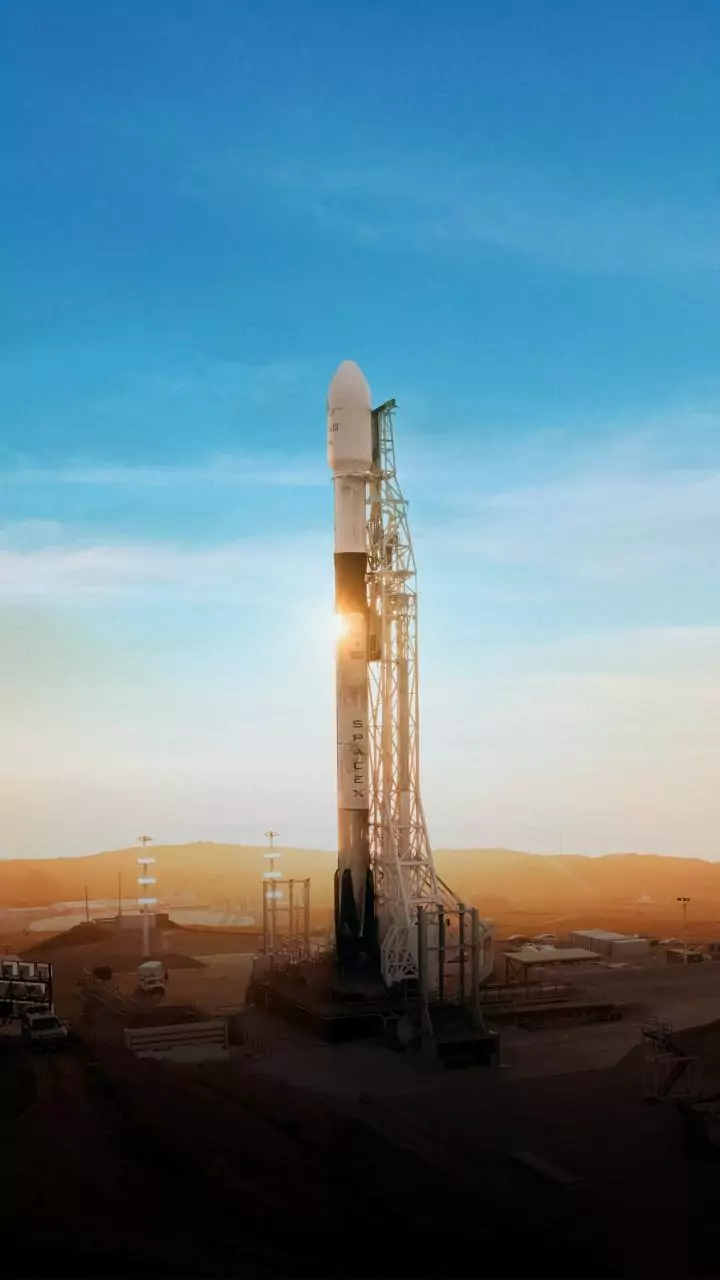Revised Lunar Plan
SpaceX is considering adjustments to its Starship mission for the Artemis 3 mission, which aims to transport astronauts to the moon. Instead of the initial
complex approach, where Starship would require multiple refueling stops in Earth's orbit, the new plan intends to streamline the process. The potential shift involves simplifying the architecture of the mission to allow for a more direct and faster lunar landing. This approach could significantly reduce the time required to get astronauts to the moon. The original plan involved a complicated series of steps and orbital maneuvers; the revised plan intends to bypass some of these steps, making the entire operation more efficient.
Streamlined Starship Design
The focus of the revised plan centers around simplifying the Starship design, the massive spacecraft SpaceX intends to use for lunar landings. It's likely that engineers are studying how to reduce the number of orbital maneuvers and refueling processes needed. This simplification will likely involve modifications to the Starship’s structure, propulsion systems, or operational procedures. The aim is to create a more efficient and reliable spacecraft. This approach is intended to reduce the complexity and risk associated with the mission, and to improve the overall speed of the mission. The aim is to simplify the overall mission architecture, focusing on the essential elements required to successfully land on the moon and return astronauts to Earth.
Accelerated Lunar Timeline
One of the primary benefits of the simplified Starship plan is a potential acceleration of the Artemis 3 mission timeline. By streamlining the processes, SpaceX can minimize delays. The initial timeline was ambitious, but the revised plan could help to achieve the mission objectives faster. This adjustment could mean that astronauts reach the moon in a shorter period compared to the originally projected timeframe. Any reduction in time would be a major achievement, pushing forward the objectives for lunar exploration. It reflects SpaceX's commitment to expediting space exploration and its ability to refine plans based on evolving engineering progress and operational experience.
Impact on Artemis Program
SpaceX's shift to a more straightforward approach could significantly affect NASA's Artemis program. The Artemis program intends to establish a sustained human presence on the moon, serving as a stepping stone for future missions to Mars. The simplified Starship mission could support this initiative. This could assist NASA in meeting its timeline and other objectives of the Artemis program. The faster lunar landing timeline will affect the goals of the whole program. The change shows that the program is continuously evolving, and adapting to the latest developments in space technology.
Ongoing Engineering Process
The revision of the Starship mission plan shows the dynamic nature of engineering and space exploration. SpaceX and its team are continuously refining their approach to create better results. The company's capacity to adjust its plans based on lessons learned is a critical factor for success. This engineering process is ongoing, indicating that SpaceX will make further changes and optimizations. The goal is to maximize the efficiency and effectiveness of the Starship and its lunar missions. Through these continuous efforts, SpaceX is setting the stage for more ambitious space exploration initiatives.











